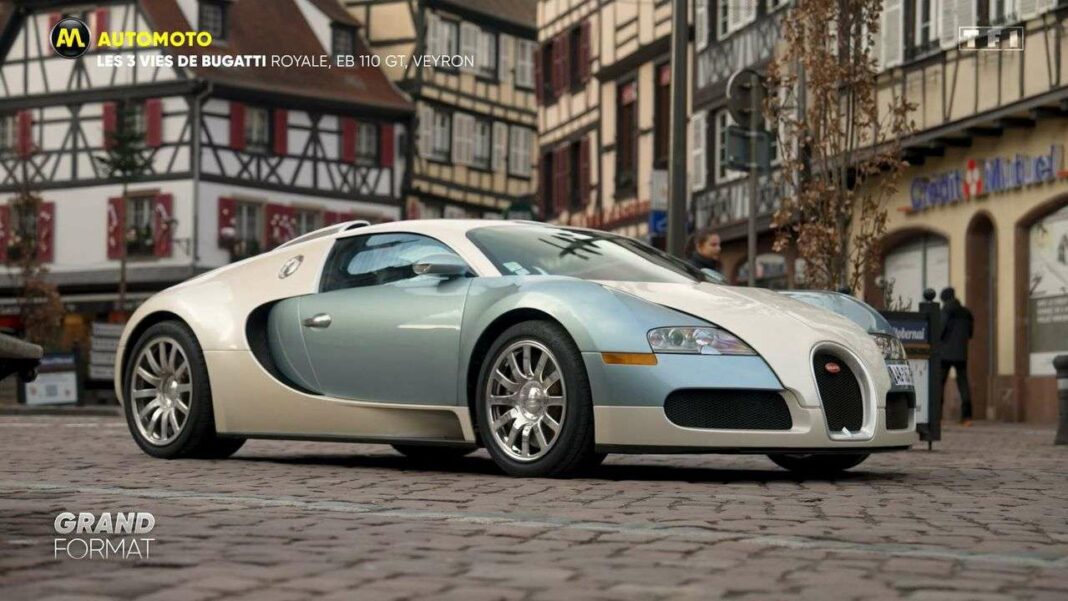In 2024, Bugatti introduced the Tourbillon, its first hybrid model, at its Molsheim facility, succeeding the legendary Chiron. Notable historical models include the luxurious Type 41 Royale, the powerful EB 110, and the groundbreaking Veyron. The Royale, with only seven units, showcased automotive excellence, while the EB 110 set speed records in the 90s. The Veyron, launched under Volkswagen, redefined hypersport cars. The Tourbillon aims to continue Bugatti’s prestigious legacy.
Bugatti’s Groundbreaking Hybrid: The Tourbillon
In 2024, Bugatti unveiled its inaugural hybrid model, the Tourbillon, at its Molsheim assembly facility. This remarkable vehicle takes the torch from the iconic Chiron and other legendary cars, marking a new chapter in Bugatti’s illustrious history. Since its inception in 1909, Bugatti has introduced a series of groundbreaking automobiles that have set benchmarks in performance, luxury, and sports engineering. Notable mentions include the Type 41, affectionately known as the Bugatti ‘Royale’, the EB 110, and the illustrious Veyron.
The Type 41: A Legacy of Luxury and Performance
Under the visionary leadership of Ettore Bugatti, the brand initially focused on crafting some of the finest racing vehicles of its time. However, in 1927, Ettore’s son, Jean Bugatti, dreamt up an extraordinary creation: the Bugatti Type 41. Familiarly referred to as the Royale, this vehicle stands as an emblem of automotive excellence. “Bugatti has always produced the finest racing cars, but it was also known for its grand tourers, exemplified by the Bugatti Type 41, also known as La Royale,” reflected automotive expert Nicolas Schumacher.
With only seven units produced, the Royale was Ettore Bugatti’s personal masterpiece, boasting an impressive 300 horsepower. “It could achieve speeds of up to 200 km/h, rivaling the most powerful racing cars of that era,” Schumacher added. Sadly, the financial turmoil of the 1929 economic crisis led to the unfortunate cessation of this model’s production.
The EB 110: Reviving the Bugatti Spirit
Following a lengthy hiatus, Bugatti experienced a renaissance in 1987, thanks to the efforts of Romano Artioli in Italy. As Nicolas Schumacher notes, Artioli had a vision: to craft the most powerful, luxurious, and aesthetically stunning car of the time. This ambition gave birth to the Bugatti EB 110, designed by the renowned creator of the Lamborghini Countach.
Powered by a robust 3.5 QuadriTurbo V12 engine generating 550 horsepower, the EB 110 became the fastest production car globally, achieving a remarkable top speed of 351 km/h. Unfortunately, production came to a halt in 1995 amid a downturn in the supercar market.
The Veyron: A New Era of Hypersport
In 1998, Bugatti returned to its French roots under the auspices of Volkswagen AG, led by Ferdinand Piëch. His mission was clear: to restore Bugatti to its former glory reminiscent of the 1920s and 1930s while ushering in a new era of hypersport vehicles. This vision culminated in the creation of the Bugatti Veyron, equipped with a formidable W16 QuadriTurbo engine that produced an astonishing 1001 horsepower.
With the aid of a special key, fortunate owners could accelerate from 0 to 100 km/h in just 2.3 seconds and reach a breathtaking top speed of 407 km/h. “The Bugatti Veyron embodies what Ettore Bugatti would have conceived if he were alive today,” concluded Schumacher. Now, the latest addition to the Bugatti lineage, the Tourbillon, is set to carry forward the esteemed legacy of this iconic French manufacturer.
